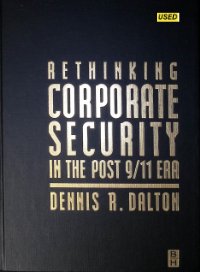By the Texas Center for Justice and Equity: Edited by América Malacara, Will Cover, and Jay Jenkins
Since the U.S. Supreme Court legalized the death penalty in 1976, Harris County, Texas, has executed more people than any other non-Texas state in the union. 1 In part, this can be atributed to systemic issues with the county’s capital representaton process: despite a dramatc reducton in the number of defendants sentenced to death in the recent past, Harris County’s justice system remains rife with dysfunction in capital cases.
Harris County’s shortcomings were recently detailed in Death by Design, a report by the nonprofit Wren Collective that highlights failures in how the County handles cases where a defendant is accused of a capital crime and faces the death penalty or a sentence of life without parole – effectively death by incarceration. The full Death by Design report is a damning and comprehensive indictment of capital representation in Harris County, based on a detailed analysis of evidence presented in capital cases, attorney caseload numbers, attorney billing records, and case outcomes. Among other things, the report uncovered four cases wherein a defendant facing capital murder charges had no contact with their attorneys outside of court appearances. Not everyone agreed with the conclusions of Death by Design; one local defense attorney (whose law practice has previously represented defendants facing the death penalty) opined that, “Academicians should shut up about something they know nothing about, which is running a small business.” This response is telling, given that community members and advocates have long raised criticisms regarding the financial element of indigent defense in Harris County, largely stemming from the attorney appointment system. While the establishment and slow growth of the Harris County Public Defender’s Office within the last 15 years has been encouraging, the County’s elected criminal court judges retain control as to which attorneys are appointed to represent indigent defendants. Previous research has revealed that defense attorneys from the private bar who donate to judicial election campaigns are often rewarded by those same judges with indigent defense appointments. These attorneys are paid for their services out of the public coffers, but the judge must approve expenses related to their cases, such as hiring experts and investigators, as well as approve the amount of compensation to be paid to lawyers for their work. In years past, several attorneys have regularly received hundreds of thousands of taxpayer dollars in reimbursement per year in these cases, with one attorney recently topping one million dollars in yearly fees.6 Unfortunately for indigent defendants in Harris County, the Public Defender’s Office does not accept capital cases, leaving those defendants’ attorneys to be chosen by the judge presiding over their case. These attorneys steadfastly maintain that this appointment system in no way affects their representation.
Austin, TX: Texas Center for Justice and Equity, 2024. 6p.





















